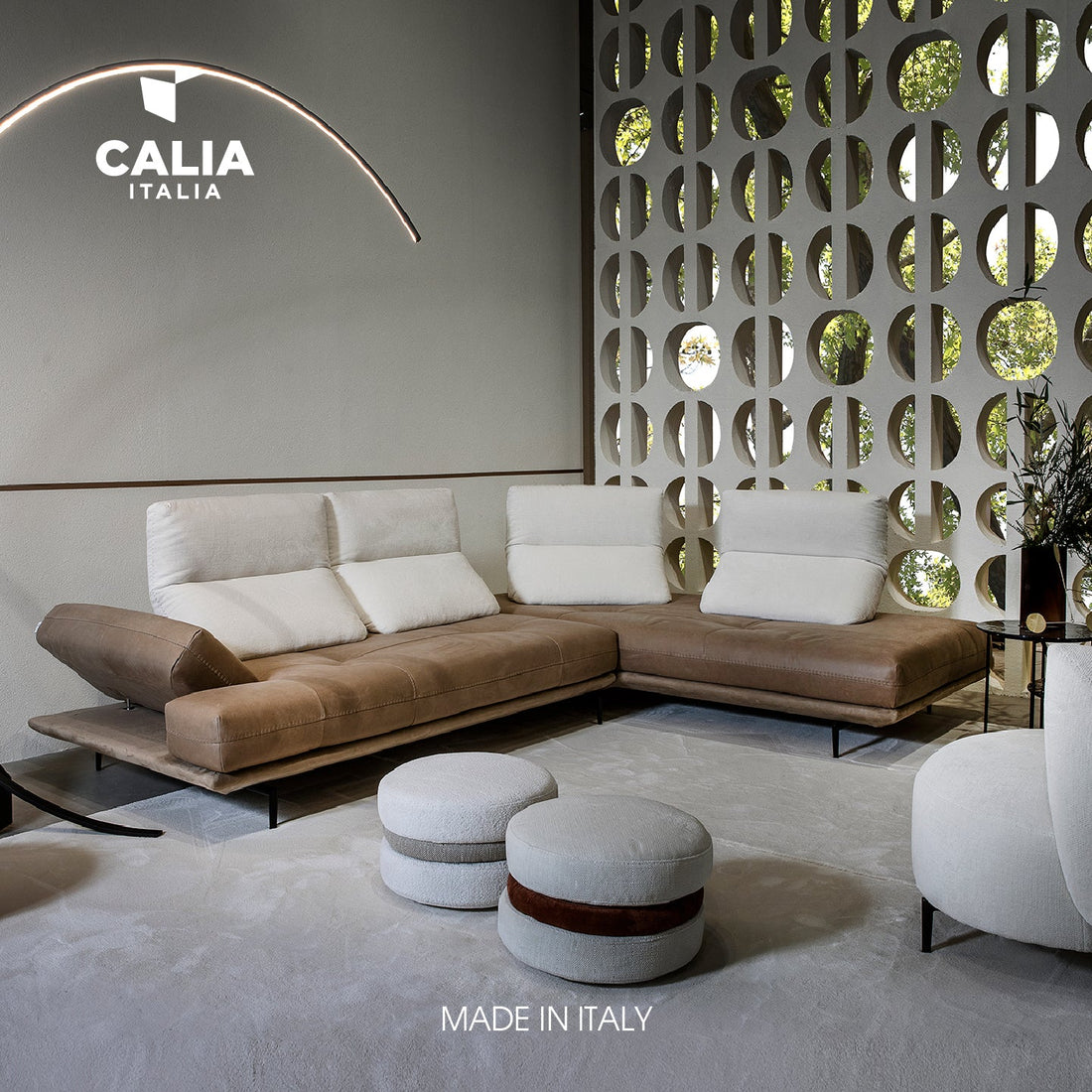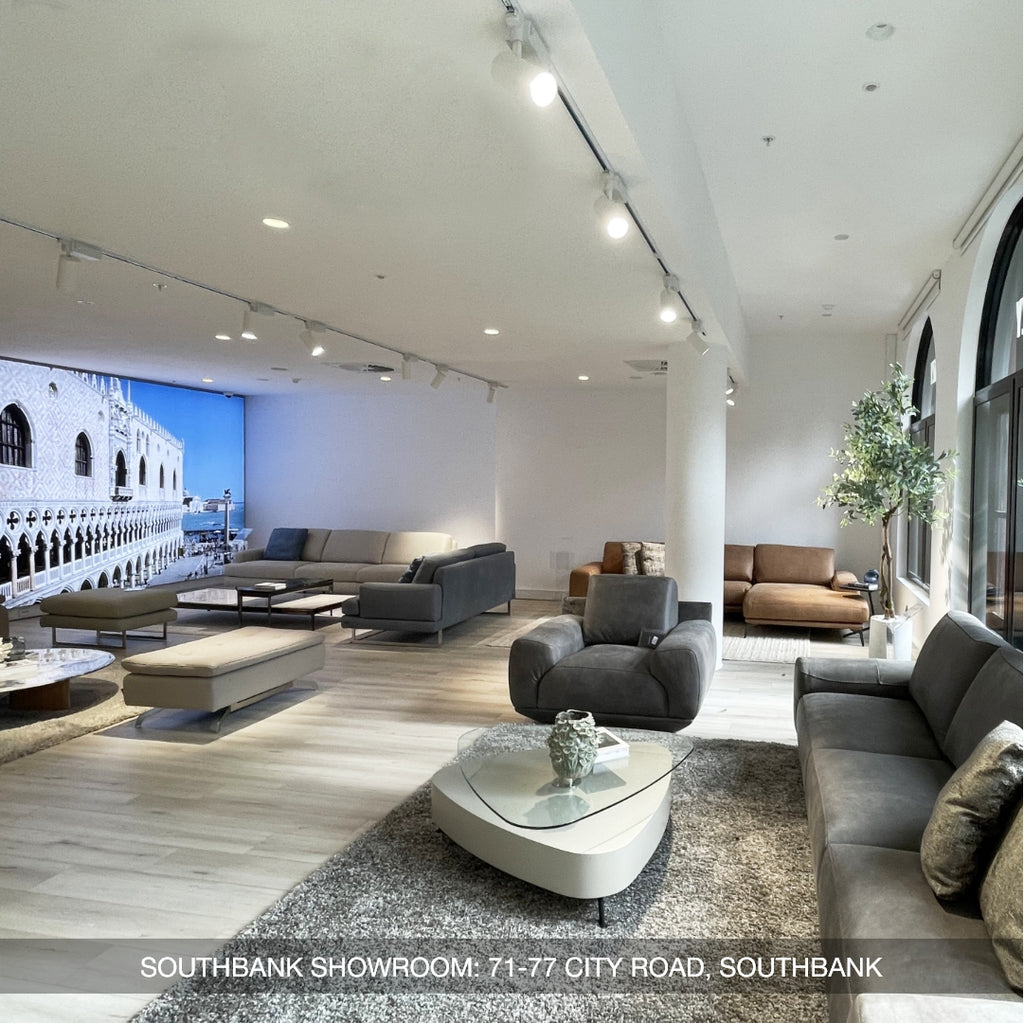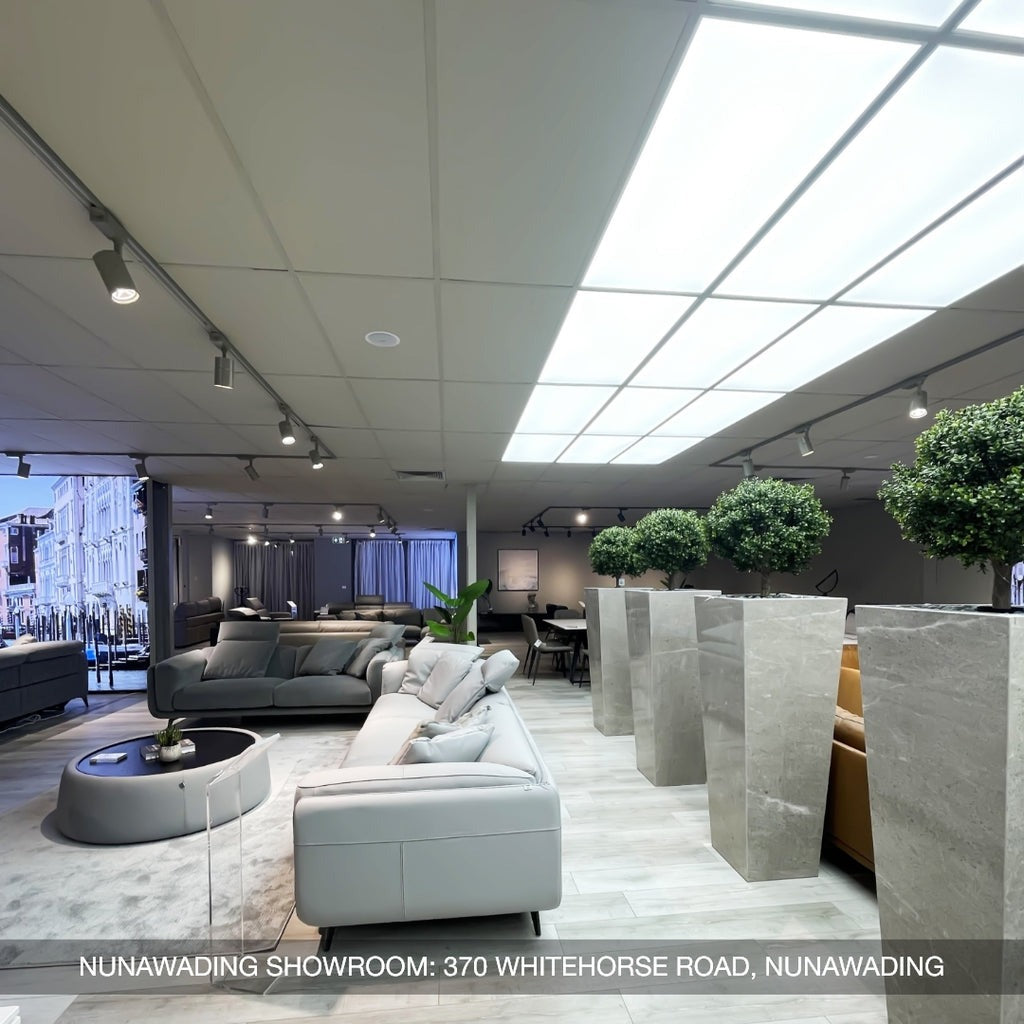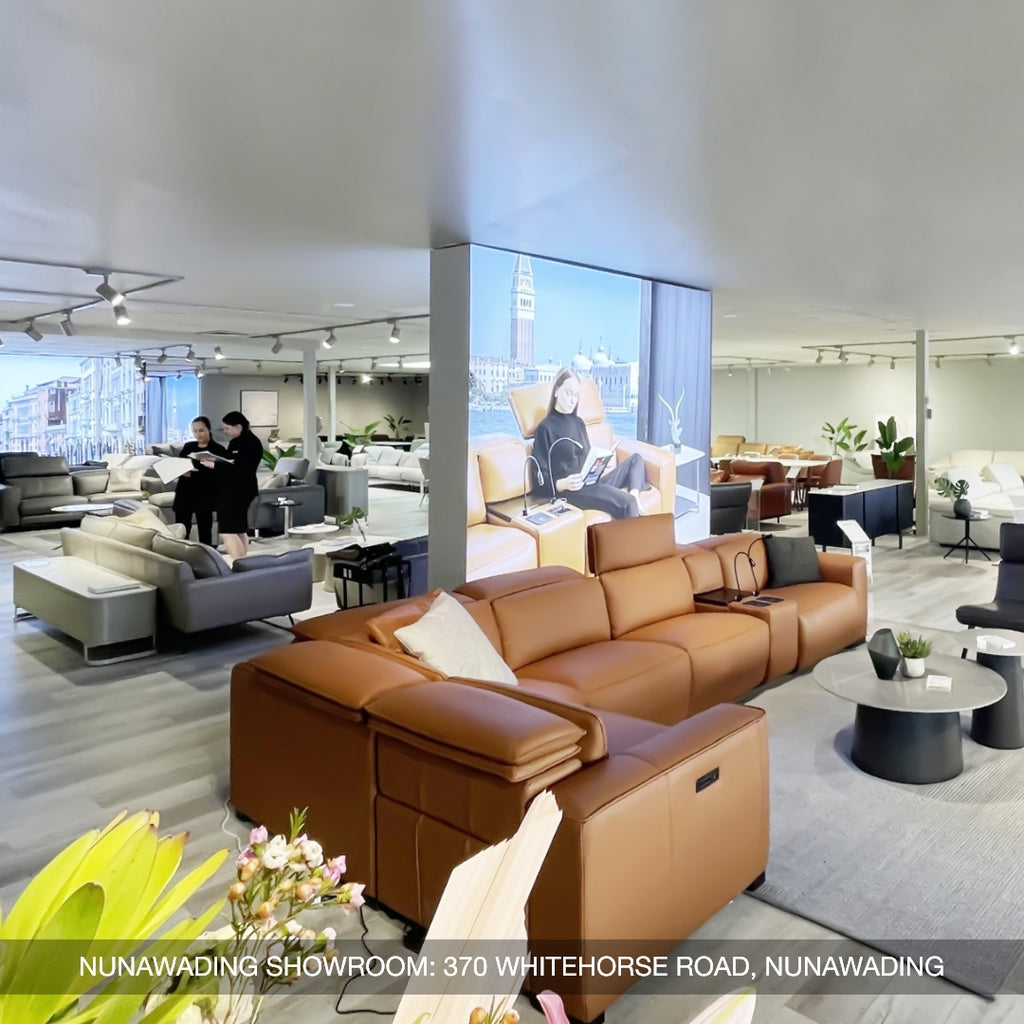Choosing the perfect sofa can transform your living space, but the decision often boils down to the difference between modular and sectional sofas. While both offer comfort and style, understanding their unique features is key to finding the right fit for your home. A sectional vs modular sofa comparison reveals distinct advantages in design, flexibility, and functionality. Let’s explore the modular vs sectional sofa debate to help you determine which works better for your lifestyle and living room.
Sectional vs. Modular Sofas: Key Differences
Two popular options, sectional and modular sofas, often cause confusion among buyers. Let's break down the difference between modular and sectional sofas, focusing on the key features that will impact your living space and lifestyle.
|
Feature |
Sectional Sofa |
Modular Sofa |
|
Configuration |
Fixed, typically L or U-shaped |
Highly customizable; modules can be arranged in numerous ways |
|
Flexibility |
Limited |
Extremely flexible; adaptable to different spaces and needs |
|
Assembly |
Simple, often ready to use upon delivery |
Requires assembly; individual modules are connected together |
|
Portability |
Difficult to move due to size and fixed shape |
Easier to move due to smaller, separate modules |
|
Seating |
Ample, ideal for large families or entertaining |
Customizable seating capacity depending on the number of modules |
|
Aesthetics |
Unified, cohesive look; can appear bulky |
Customizable to match various styles; can create unique shapes |
|
Space Use |
Efficient use of corner space (L-shapes) |
Can be configured to fit any space, even awkward layouts |
|
Price |
Generally, $1,000 - $10,000+ |
Varies widely; $500+ per module, total cost depends on configuration |
|
Durability |
Dependent on construction and materials; high-quality can last 10-15+ years |
Dependent on construction and materials; modularity allows for easier replacements |
Design and Configuration
Sectional sofas come in predetermined configurations, most commonly L-shapes or U-shapes. These designs cater well to spaces requiring efficient seating arrangements but offer limited customization. Some sectional models allow for minor adjustments, such as a reversible chaise, but the overall layout remains fixed. For essential furniture placement considerations in small living rooms, sectionals can be ideal if the predetermined layout fits your space perfectly.
Modular sofas consist of individual pieces that can be combined in various ways to create L-shapes, U-shapes, straight lines, or even separated seating units. This design offers unparalleled flexibility, making them highly adaptable to different room layouts. For modern layout approaches or if you're rethinking furniture arrangement for multi-level spaces, modular sofas shine as they can evolve with your changing needs and spaces.

Sectional sofas are typically available in standard configurations, most commonly in L-shapes or U-shapes.
Layout Flexibility
Sectional sofas offer limited flexibility in terms of layout. Once assembled, their shape is largely set. This can be a disadvantage if you anticipate rearranging your furniture or moving to a new home. For instance, a sectional that works well in a small living room might not fit as easily into a different layout.
Modular sofas excel in flexibility. Their individual modules allow users to add, remove, or rearrange pieces with ease. This adaptability proves invaluable for those who frequently like to refresh their living room setup. Consider the ability to reconfigure your sofa to fit a new design vision or accommodate additional seating.
Setup Process
Sectional sofas typically require minimal assembly. They often arrive in a few large pieces that connect quickly, making them ready to use soon after delivery. This simplicity appeals to buyers looking for hassle-free installation. However, once assembled, their fixed configuration limits further customization.
Modular sofas demand more assembly effort as each module needs to be connected. While the process may take more time and physical exertion, it is straightforward, thanks to built-in clips or connectors. This setup advantage allows for precision in arranging the modules to fit unique spaces, such as those with unconventional layouts or multi-level spaces.
Portability
Due to their size and fixed configuration, sectional sofas can be challenging to transport, especially through narrow doorways or hallways. This can be a significant drawback for renters or those who move frequently.
Modular sofas are easier to transport, thanks to their ability to disassemble into smaller pieces. This feature makes them an excellent choice for those living in apartments, homes with challenging access points, or multi-level spaces. The ease of moving these sofas is often a deciding factor for buyers questioning are modular sofas worth it.
Seating Capacity
Sectional sofas are generally designed to provide ample seating, making them ideal for large families or individuals who frequently entertain guests. L-shaped or U-shaped sectionals can comfortably seat five or more people, depending on the model. For larger households, these sofas are a practical choice to ensure everyone has a place to sit.
Modular sofas offer customizable seating capacity. By adding or removing individual modules, the sofa can be adjusted to fit various needs, from a cozy two-person setup to a large arrangement for gatherings. This flexibility is particularly advantageous when transitioning between different living situations, such as upgrading to a larger home or downsizing. For those debating modular vs sectional sofa options, modular designs cater well to evolving lifestyle needs.

Modular sofas provide versatile seating options by allowing individual modules to be added or removed.
Style and Look
Sectional sofas typically feature a cohesive and unified look due to their fixed design. Their structured appearance often complements traditional and classic interiors. However, they can appear bulky in small spaces, which might detract from a clean, modern aesthetic. In situations like choosing a sectional or sofa for small living room, their size and fixed layout should be carefully considered.
Modular sofas allow for greater aesthetic customization. Modules can be tailored with different styles, fabrics, and colors to create a look that complements the decor. Additionally, the flexibility to design unique shapes adds a modern flair, making them suitable for contemporary homes. In spaces where maximizing natural lighting in split layouts is a priority, lighter fabric choices and low-profile modules can enhance the overall ambiance.
Space Utilization
Sectional sofas, especially L-shaped designs, are effective at maximizing seating capacity in corner spaces. This makes them a practical option for smaller rooms or areas where efficient space use is key. Their fixed configurations, however, may not work as well in open layouts or multi-functional rooms.
Modular sofas excel in adaptability. Their reconfigurable design allows them to fit awkward corners, navigate around architectural features, or be arranged to create defined zones in open spaces. For example, a modular sofa can be split into smaller seating units to delineate a living area from a dining space in an open-concept home. This adaptability ensures a perfect fit in various room layouts.
Price Expectations
Sectional sofas are available in a wide price range. Basic models start under $1,000, while high-end designs with premium materials, such as leather or designer fabrics, can exceed $10,000. Prices also vary based on features like built-in recliners or storage.
The cost of modular sofas is highly variable and depends on the number of modules, style, and customization. Individual modules typically start at $500, with luxury options comparable to premium sectionals. While modular sofas may initially seem more expensive, their ability to adapt and grow with your needs can make them a cost-effective investment over time.
Durability
Durability for both sectional and modular sofas depends on factors such as frame construction, upholstery material, and joinery quality. Solid wood frames, high-density foam, and durable fabrics are key indicators of a long-lasting sofa. With proper care, either type can last 10-15 years or more.
Modular sofas offer an edge in durability because individual modules can be replaced if damaged or worn out. For instance, if a corner seat or armrest module becomes unusable, it can often be swapped without replacing the entire sofa. This feature enhances the longevity of modular designs, particularly in high-traffic households.
When a Sectional Sofa Makes Sense
So, you've weighed the pros and cons of modular and sectional sofas. But when does a sectional truly shine as the better choice? Let's explore specific scenarios where the fixed design and ample seating of a sectional might be the perfect fit for your home, making the choice between modular vs sectional sofa clear.Choosing a sectional sofa can be an excellent solution for specific living room needs. Whether deciding on a sectional or sofa for small living room or creating a functional space, sectionals offer a fixed, cohesive design that meets various requirements.
- Sectional sofas provide a unified aesthetic due to their pre-determined design. They work well in spaces where you want a consistent style without the need for frequent adjustments. For modern interiors, a sectional can serve as a focal point, anchoring the room’s overall decor.
- If hosting is a priority, sectionals are designed to seat multiple people comfortably. L-shaped and U-shaped sectionals, in particular, provide ample seating for gatherings, making them a popular choice for large families or frequent entertainers.
- Sectionals are especially effective at maximizing corner spaces. Their L-shaped design fits snugly into corners, optimizing room layouts and creating cozy seating nooks. For those debating a sectional or sofa for small living room, sectionals can make efficient use of limited space while providing ample seating.
- For individuals who value a straightforward setup, sectionals are ideal. Once assembled, they require little to no rearrangement, making them perfect for those who prefer stability in their furniture placement.
- Some sectional sofas come with built-in storage compartments, such as hidden spaces beneath chaise sections. These features add functionality, particularly in homes where maximizing storage is a priority.

A sectional sofa can be an excellent option for addressing specific living room needs, whether optimizing a small space or creating a functional layout.
When to Choose Modular Instead
Modular sofas shine in situations requiring flexibility and adaptability. For individuals considering modular vs sectional sofa options, modular designs offer unique advantages that cater to dynamic living spaces.
- Modular sofas are perfect for those who enjoy refreshing their room’s layout. With the ability to reconfigure modules into different shapes, such as L-shapes, U-shapes, or individual seating pieces, modular designs allow you to experiment with creating defined zones in open spaces or adapting to shifting needs.
- Transporting furniture can be challenging in apartments or homes with tight spaces. Modular sofas, which can be disassembled into smaller sections, are much easier to move through narrow doorways or up flights of stairs, making them an excellent choice for urban dwellers.
- The modular design allows you to expand or downsize your seating arrangement as needed. For growing families or those who anticipate changing living situations, this flexibility makes modular sofas a highly practical investment.
- If frequent moving or rearranging is part of your lifestyle, modular sofas are a great fit. Their lightweight, manageable sections are easier to transport and reassemble, making them ideal for renters or those who enjoy rearranging their space.
- Unlike sectionals, modular sofas provide the option to replace single sections if they become worn or damaged. This feature extends the lifespan of your furniture and is especially appealing for high-traffic households.
In the debate of modular vs sectional sofa, the choice depends on your lifestyle and space needs. Modular sofas offer flexibility for reconfigurations, perfect for maximizing natural lighting in split layouts or adapting to evolving spaces. Sectionals, with their cohesive design, are ideal for creating a comfortable, anchored living room setup.
COZY provides high-quality options tailored to your preferences. Visit COZY to explore our collection of modular and sectional sofas, crafted for both style and functionality, ensuring your home becomes the perfect blend of comfort and elegance.







